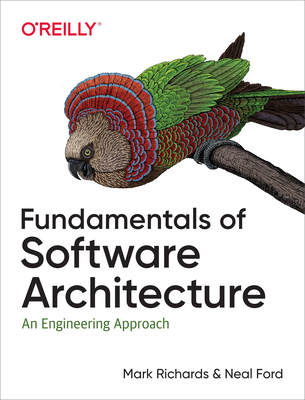What do you think?
Rate this book


422 pages, Paperback
First published January 27, 2020

Never shoot for the best architecture, but rather the least worst architecture.
All architectures become iterative because of unknown unknowns, Agile just recognizes this and does it sooner.
First Law of Software Architecture: Everything in software architecture is a trade-off. If an architect thinks they have discovered something that isn’t a trade-off, more likely they just haven’t identified the trade-off yet.
Second Law of Software Architecture: Why is more important than how.
